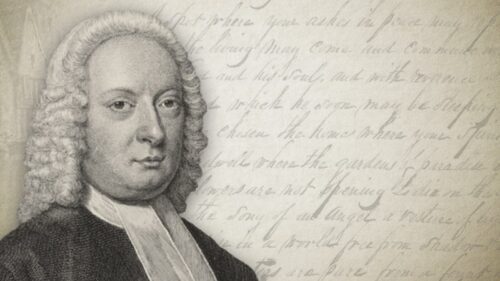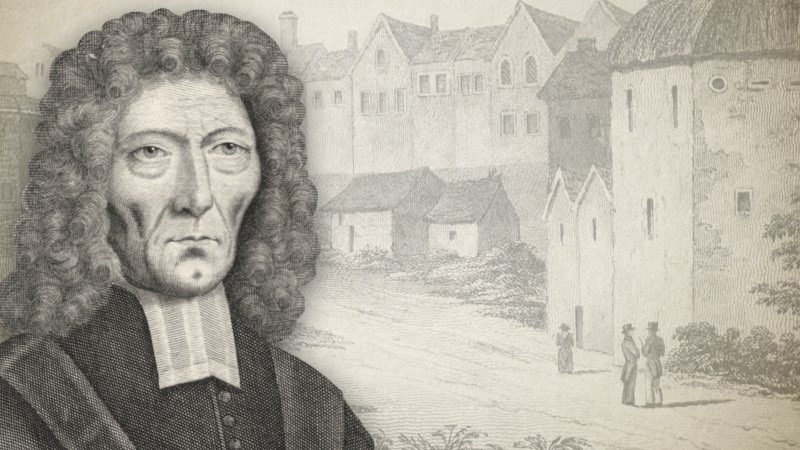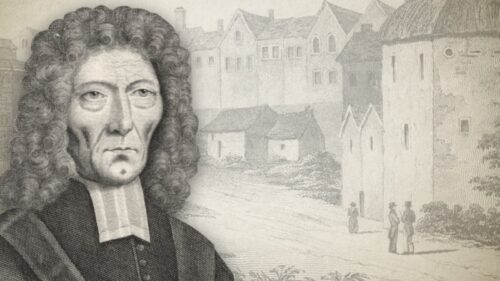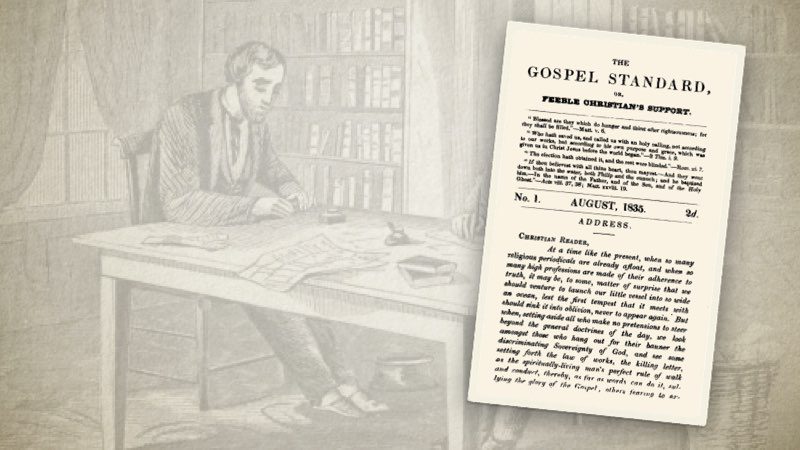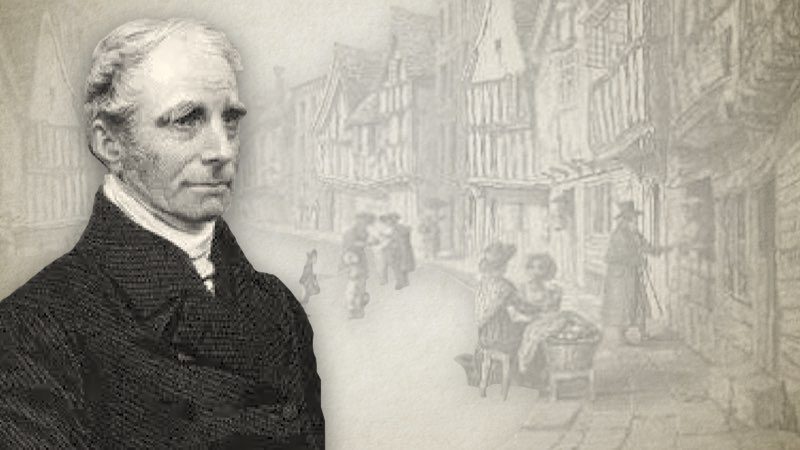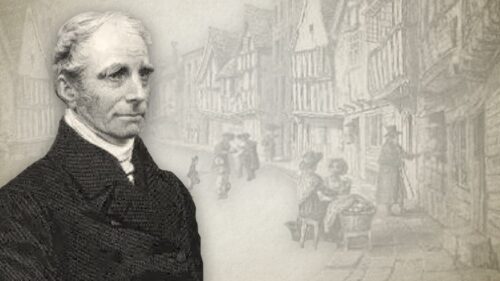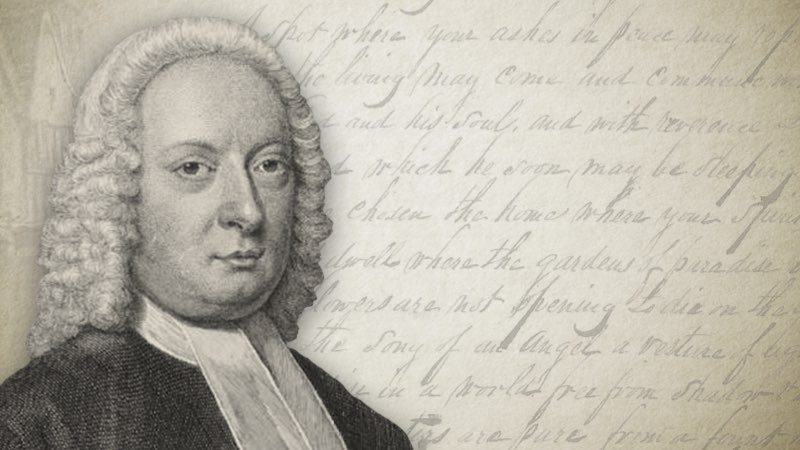-
Ten Reasons I Am Not A Reformed Baptist
If one subscribes to sovereign grace with Baptist convictions, it is assumed he/she by default is a Reformed Baptist. It is then assumed a Reformed Baptist is another name for the historic group of churches known as the Particular Baptists. Henceforth, the appellations Reformed and Particular are used interchangeably, the legacy of the latter being subsumed by the identity of the former. However, according to Dr. Kenneth Dix, then Chairman for the Strict Baptist Historical Society, the Reformed Baptist movement emerged during the 1950’s, distinguished by teachings which differ from the Particular Baptists. The Origin Of The Reformed Baptist Movement Dr. Dix traced the origin of the Reformed Baptist movement to September 1955, with the first publication of the Banner of Truth Magazine. This magazine…
-
Are Reformed Baptists And Particular Baptists One And The Same?
The Reformed Baptists have more in common with Presbyterianism, than their Particular Baptist brethren. Those who believe themselves to be aligned with the history and heritage of the Particular Baptists are either ill informed or historically and doctrinally dishonest. The Particular Baptists emerged in England during the 17th century and continue as a distinct grouping of churches to this day, whereas the Reformed Baptists emerged in England during the 20th century with divergent teachings. The Particular Baptists retain their identity and legacy through historic churches that have never amalgamated with other groups, whereas the Reformed Baptists have either hijacked many of these historic chapels or branded modern churches with the name, thereby seizing that identity and appropriating their legacy. The Particular Baptists sought to distinguish…
-
Preface
The 1646 Westminster Confession Of Faith, Article 7, Paragraphs 2&3: ”The first covenant made with man was a covenant of works, wherein life was promised to Adam, and in him to his posterity, upon condition of perfect and personal obedience. Man by his fall having made himself incapable of life by that covenant, the Lord was pleased to make a second, commonly called the covenant of grace: wherein he freely offered unto sinners life and salvation by Jesus Christ, requiring of them faith in him that they may be saved, and promising to give unto all those that are ordained unto life his Holy Spirit, to make them willing and able to believe.” The 1689 Second London Baptist Confession Of Faith, Article 7, Paragraph 1:…
-
The “Old School Baptists” In America
Gospel Standard Magazine No. 102 — June, 1844 — Vol. 10, Pages 161-165 [The letters below were written to our departed friend W. Gadsby, and would have appeared earlier but from the pressure of other matter. Mr. Booth's letter will, we think, be found to contain an interesting account of our American brethren. We do not mean to say that we approve of all that is contained in it; but we did not consider ourselves at liberty to alter or omit. It is to the "Old School Baptists"[1] that James Osbourn, whose experience we have reviewed, belongs; and in several of his works which we have read, (and we believe we possess them all,) he frequently speaks of them, and seems to be fully united…
-
Title Page And Preface
Theological Dictionary by Charles Buck ------------------------------------------------------------ Charles Buck (1771-1815) was an English Independent minister, best known for the publication of his “Theological Dictionary”. The first edition was printed in 1802, followed by fifty reprints. Buck writes:[1] "I had been for some time employed in preparing for the press my Theological Dictionary, a work which cost me much labour day and night, and no one to assist me, except now and then the bare copying of an article. The vast variety of books to be consulted, the discriminations to be made, the difficulty of seizing those accurate definitions I wanted, the various opinions of authors on the same subject, the including every article in Ecclesiastical History, Theology, and Morals, rendered it rather a formidable work for…
-
Table Of Contents: New Order
As it is my goal to align John Gill’s “Body of Doctrinal and Practical Divinity” with the Framework of Sovereign Grace, I have rearranged the eleven branches of theology, together with the individual chapters, in order to demonstrate how they fit together in the grand scheme of God’s masterplan for the ages. I have reduced the original eleven “Books” (or branches) to three main headings—(1) Of God; (2) Of God’s Revelation; (3) Of God’s Works. I have also reduced the original one hundred fifty-six chapters to one hundred fifty-one, having subtracted the five chapters belonging to the Appendix (a dissertation on the baptism of Jewish Proselytes). Under the first heading, “Of God”, there are thirty chapters. The first nine speak on the Godhead in general,…





